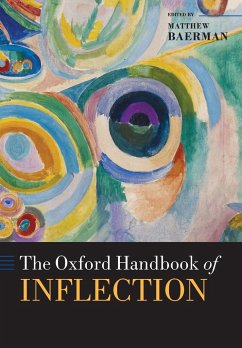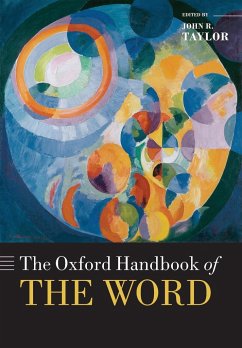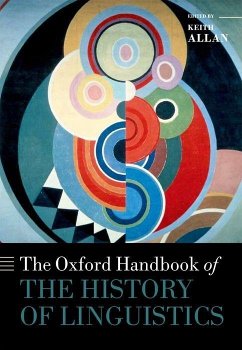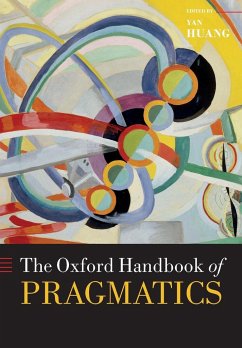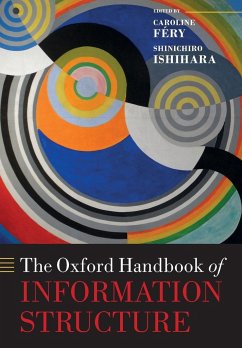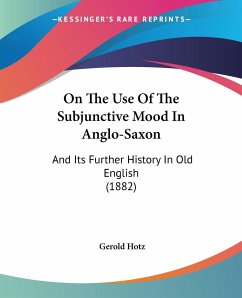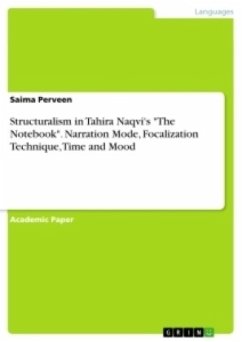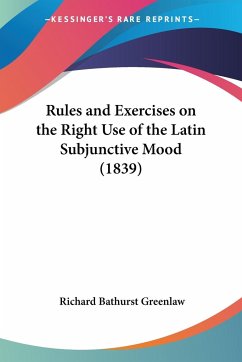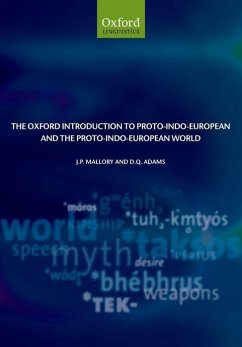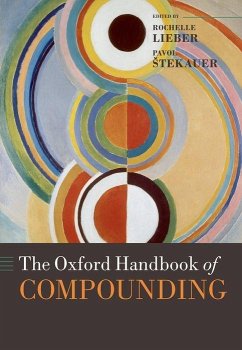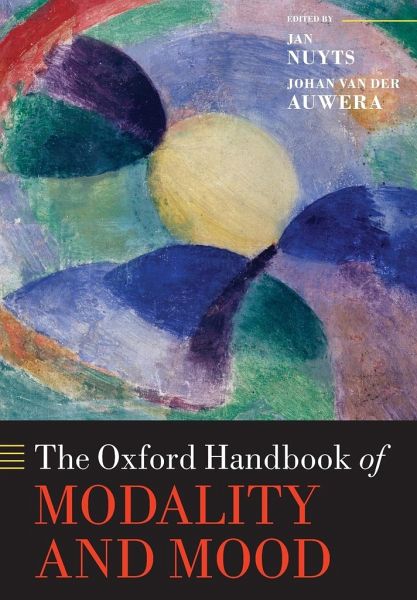
The Oxford Handbook of Modality and Mood
Versandkostenfrei!
Versandfertig in 1-2 Wochen
60,99 €
inkl. MwSt.

PAYBACK Punkte
30 °P sammeln!
This handbook offers an in depth and comprehensive state of the art survey of the linguistic domains of modality and mood. An international team of experts in the field examine the full range of methodological and theoretical approaches to the many facets of the phenomena involved.



